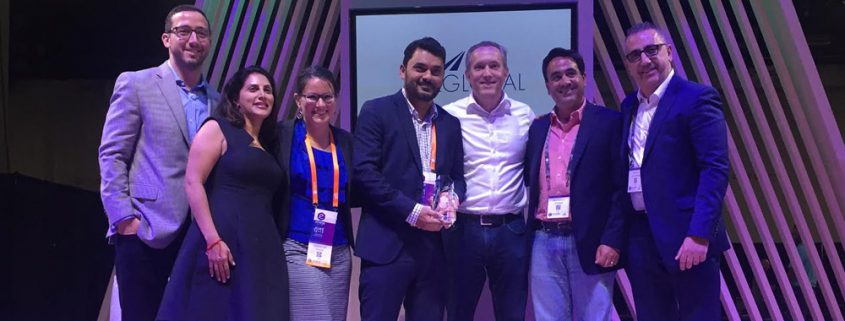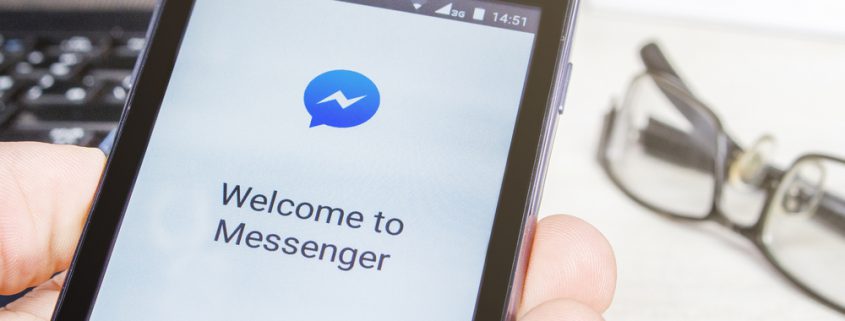chirrp vs. chat: how chirrp’s rich conversation is different from the rest
Our team has been giving demos to a wide audience, including investors, potential partners, and customers. One question that comes up over and over is “Why chirrp?” What makes chirrp different, in a market that growing by the minute? Let’s take a look.
When working with most chatbots, you must identify each question that your bot can handle. This format is inherently limited to a fixed number and to a fixed question sequence. If a customer engages in a way that your bot wasn’t programmed to handle, it has little ability to respond correctly. A chatbot built in this way has a limited amount of scenarios it understands, and is powerless to address any variance in those use cases. Even if a customer asks a question that’s in a programmed scenario, if the question is asked out of sequence, the system can’t adjust. This inflexibility is why most available bots are limited, and often not sufficient to significantly cover your customer service needs.
One of chirrp’s most powerful capabilities comes from its patented analytical model which recognizes questions and commands that it wasn’t explicitly coded to know. Every customer response is first analyzed by a robust natural language processor (NLP), which identifies the sentence structure, breaks down word phrasing, and determines intention.
Once the system has located the customer’s basic intention, the system will route the conversation to the appropriate branch point. It may be that the user has asked a question that the system has a direct answer to. In that case, a list of possible answers is pulled, and the answer with the highest certainty (best likelihood of being correct) is the response from chirrp. An example of this scenario involves a potential customer chatting with a doctor’s office chirrpbot. They may ask “what types of injuries do you treat?” To such a question, chirrp might provide a list of services and types of doctors in the practice.
Alternatively, the customer may ask a question that warrants another question from the system, in order to proceed. Often times this type of question may lead to a back and forth dialog that helps the user reach an end destination. A customer may ask a doctor’s office, “Do you accept Aetna insurance?” This could trigger a dialog around insurance and becoming a new patient. Chirrp might respond, “We accept certain types, what type of Aetna plan do you have?” or “Yes, we do. Would you like to schedule an appointment with one of our doctors?” or some question that proceeds with the new patient registration process. At each interaction, the system re-analyzes intent, to determine the next response from chirrp.
By applying a robust natural language processor to every customer response, chirrp’s AI can flexibly route the conversation to the correct next step. If a user asks a question that goes outside of a sequential dialog, the NLP will identify the intent, and route the question to the correct answer (which may be under a new topic altogether), or to a new dialog, or to a later point in the same dialog. Because the NLP is applied at every point, chirrp’s platform allows for fixed answer sets AND free text answers.
Chirrp’s flexibility in user input also makes system more user friendly and conversational. Customers aren’t forced to pick from a short list of answers; they can ask and respond using free text. This also allows the customer to have more control over the conversation. They can jump to a new topic, skip ahead if they don’t need info, and ask questions out of sequence.
As AI continues to mature, customers are expecting their interactions with bots to become more intelligent and capable. Due to its patent methodology, chirrp delivers flexible, responsive interactions to users across industries and channels. Using artificial intelligence, chirrp promises to push chatbot technology into our everyday lives.
– Rosanne Lush [VP of Product]



